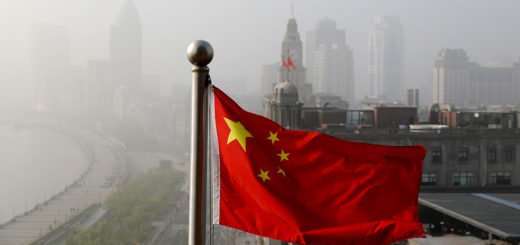Central Asia and Iran: A relationship of major linkages
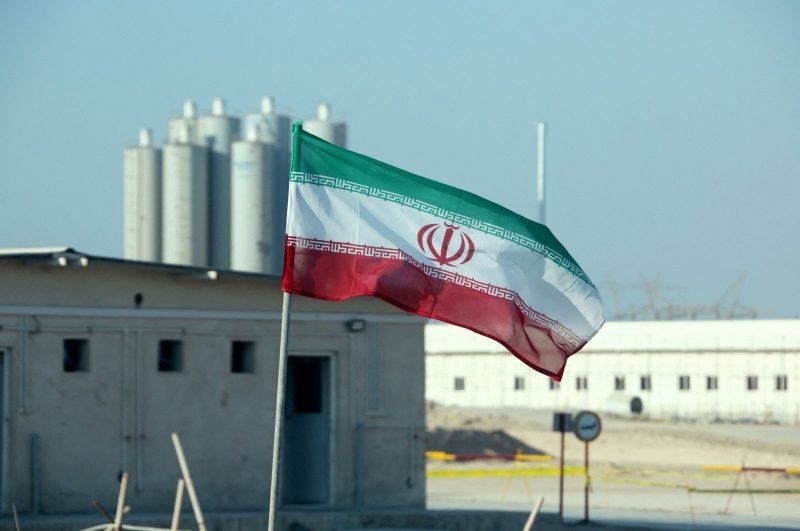
Introduction
This article is an initiative to identify and study the major linkages between Central Asia and Iran. What connects both the countries with each other and what are the reasons which pose as barriers to their cooperation. The paper would firstly focus on the historical background of both the countries, as without historical knowledge one cannot understand the present dynamics. To understand how relations with different countries shaping in recent years. It would be interesting to know what makes Iran a point of discussion in central Asian countries especially because of its connectivity projects.
The historical backdrop of the two countries – Central Asia and Iran
Iran has close historic and economic ties to Central Asia which provides a strong foundation for forging relations with each other. Persian empires reached across central Asia, leaving a cultural and linguistic legacy that remains strongest in Tajikistan, and in the cities of Samarkand and Bukhara of Uzbekistan. Bukhara, in present-day Uzbekistan, is seen as a historical centre of Persian culture and literature and the Persian remained the language of literature, science and diplomacy in Central Asia.
Diplomats of both the regions emphasize their cultural similarity as a common ground to enhance cooperation. Iran’s efforts for maintaining good relations with the central Asian countries are often not perceived well by some countries of central Asia who accuses Iran of trying to over-reach their region. They fear their independence would be at stake.
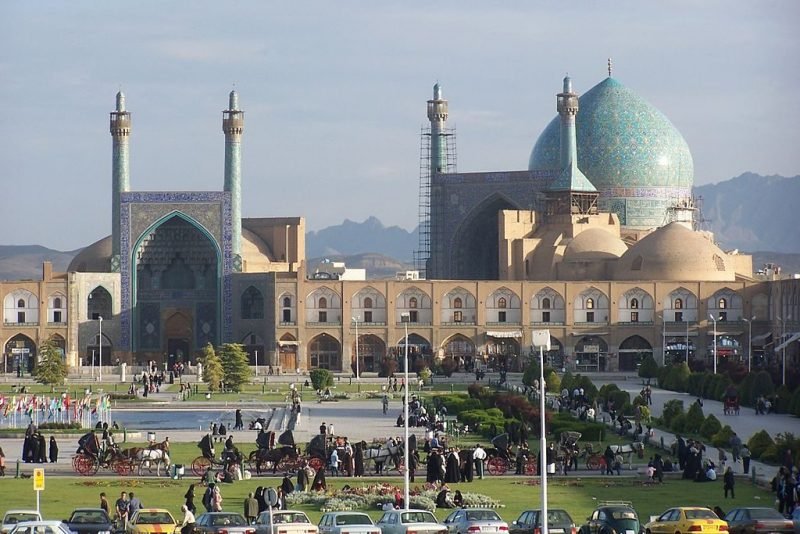
Cultural ties: A link that bounds them together
With the disintegration of the Soviet Union in 1991, Iran made a point to start cultural relations with the central Asian countries to advance its opportunities. The first memoranda in expanding cultural relations were signed between Turkmenistan and Iran in 1993 which saw the first Iranian cultural attaché in Ashgabad in 1994.
The Islamic Culture and Relations Organization (ICRO) opened its own cultural centre in 1999 and set about expanding its activities to include the provision of Persian language classes, with around 1,000 students enrolling per year since 2002, setting up a library at the cultural centre, and hosting yearly exhibitions of Iranian books, films and art. ICRO has played an important role in expanding the cultural ties between the two countries.
Navorz is hugely celebrated in central Asia and efforts were made to make Navroz as a way of furthering the cooperation. In February 2010, Iran held the first Navroz international celebration, which was attended by President Gurbanguly Berdymukhammedov, along with the presidents of Tajikistan, Afghanistan and Iran.
Iran’s cultural activities in Kazakhstan have historically been low. Iran’s first memoranda of cultural cooperation with Kazakhstan were signed in 1996, and since then the ICRO has hosted yearly cultural weeks showcasing Iranian films, art and scientific research. The ICRO chief, Mahmoud Mohammadi-Araqi visited Kazakhstan in April 200525 and August 2006, the latter as part of a wider regional tour aimed at enhancing Iranian cultural activities in Central Asia.
Areas of co-operation: Role of regional organisations and priorities
The landlocked feature of central Asian countries makes it easier for Iran to build connectivity projects like- transportation routes, pipelines and power grids to link its infrastructure with that of central Asia and these connectivity projects further helps Iran to have strong control over the energy resources of Central Asia. Iran is a gateway to International markets for the Central Asian countries.
The role of a regional organization pays a significant contribution to their relations. Economic Cooperation Organization (ECO) is one such. ECO is a major regional grouping of which Iran is a member. It is a regional inter-governmental organization consisting of Pakistan, Iran, Turkey, Afghanistan, Azerbaijan, Turkmenistan, Uzbekistan, Tajikistan, Kyrgyzstan and Kazakhstan. The organization has the potential to increase cooperation in trade liberalization, energy, migration issues and other ‘soft’ security issues.
A Caspian Sea Cooperation Organization (CASCO) was also formed. It is a multilateral intergovernmental initiative. In October 1992, they agreed to form six committees with responsibility, for the legal status of the Caspian, environmental protection, conservation and exploitation of biological resources, shipping and ports, and marine research. In 1993, the littoral state agreed to establish a joint Caspian Sea research centre. Several agreements have been reached on environmental protection, biological resources, and navigation.
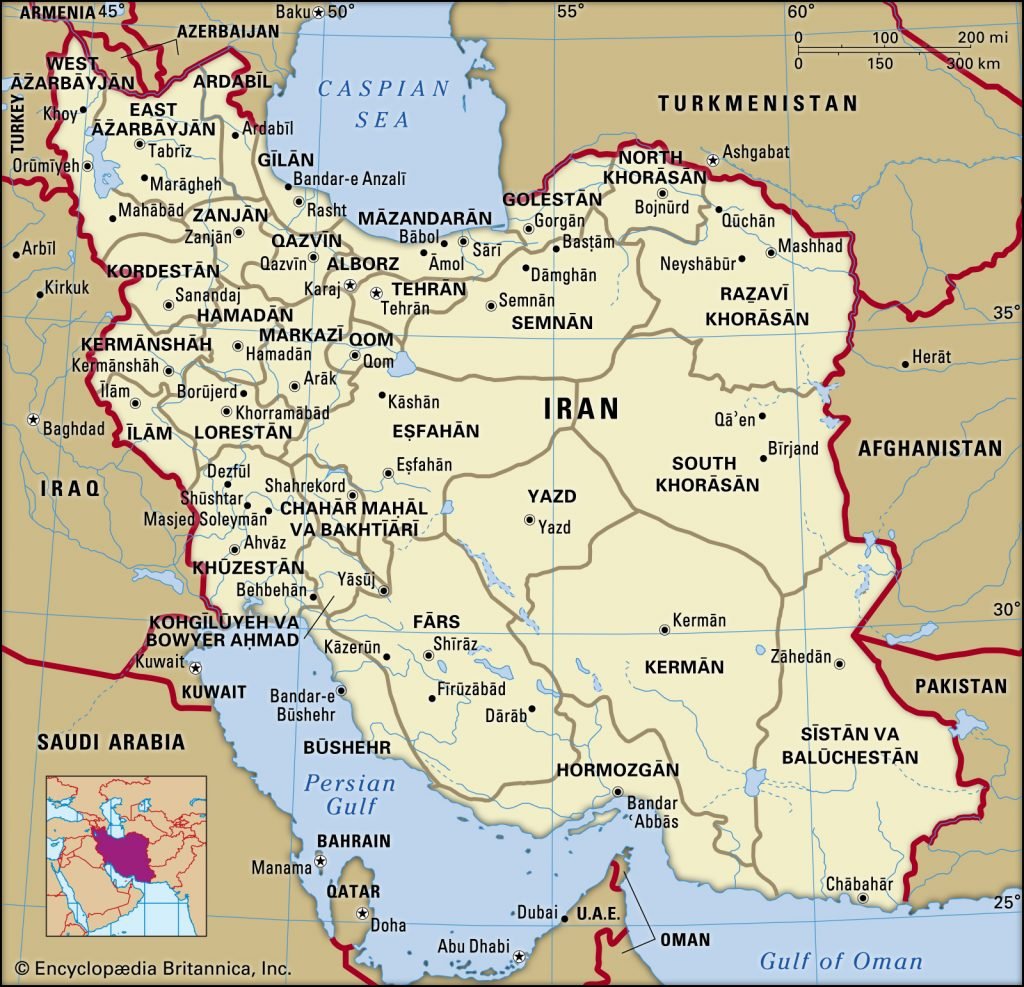
Tajikistan and Iran
Tajikistan and Iran’s relationship has been a tumultuous relationship with some phases under warm relationship and other phases being under cold relationship. Both the countries speak similar languages and both have similar cultures to an extent which makes it a common ground for cooperation. During the period of the Tajik civil war, the relationship between the two was hostile. Iran initially provided significant political and financial support for the United Tajik Opposition (UTO) after its military defeat and further expulsion from the country in 1992.
Iran and Tajikistan have increased their mutual cultural and scientific cooperation and projects, with most of such activities taking place in Tajikistan. These include: holding the mawarannahr music festival, publication of Tajikistan’s contemporary literature collection, musical and theatrical groups exchanges, sending restorators to historical sites in Tajikistan, establishing the informatics college, offering research scholarships to Tajikistan’s students, establishing research units in Tajikistan’s foreign affair ministry via Iran’s foreign affair ministry office, etc.
Kazakhstan and Iran
After the collapse of the Soviet Union, Iran found a new interest and base for foreign investment. Kazakhstan being in a geographical condition where there is a lack of access to open waters saw Iran as a partner with whom it could build a relationship as it would, in turn, provide a route to the international market and the access to markets goes through Iran.
Iran is a country which is strategically located on the world map and is one of the most important countries in West Asia. Iran controls the Strait of Hormuz, the bottleneck of oil in the world and links the Middle East and central and south Asia. It is rich in oil and natural gas and is also the most populated country in the region and has a significant industrial base. Iran is the only country which has special facilities needed for the transferring of energy from central Asia to the Persian Gulf and Oman sea.
Similarly, Kazakhstan also has a very significant geo-strategic position. It is the only central Asian country that shares a common border with the two large countries, Russia and China and has the Caspian Sea on its western borders. The country also has invaluable resources of copper, zinc, silver, gold, manganese, lead, nickel, phosphate and Uranium, ethnic interoperability and political stability. Kazakhstan is number one in gas reserves in central Asia. Kashagan oil field in Kazakhstan is one of the largest known oil fields outside the Middle East and the world’s fifth-largest oil field.
Uzbekistan and Iran
The relation between these two countries are one of the most complicated and difficult ones as they have shared a lukewarm relationship with each other more because of Tajikistan’s and the United States of America (USA) meddling power. Uzbekistan shares a close relation with the USA and Iran has always been a point of contradiction in the eyes of the USA.
Iran’s non-oil trade with Uzbekistan also is developing and showing positive growth. In 2019Iran traded 103,023 tons of non-oil goods worth $ 22.27 million worth. Uzbekistan was Iran’s 21st biggest trading partner during the month. In 2019, Iran’s special envoy Kamal Kharrazi visited the Uzbek capital for bilateral talks. The construction of the rail link between the Afghan cities of Mazar-e Sharif and Herat, as well as other aspects of the Chabahar project, were discussed. Tehran sees the connection via Uzbekistan as the strategically most important and shortest transit route to China and East Asia.
Kyrgyzstan and Iran
The relationship between the two countries are more in terms of cultural and economic affinities. In terms of joint initiatives, in February 2008, Kyrgyz culture minister Sultan Rayev met with his Iranian counterpart in Tehran to expand educational and cultural cooperation and a sign a protocol allowing Kyrgyz scholars to access to Iranian archives and reciprocal sharing of archival information.
Kyrgyzstan is eager to transit goods via Iran’s southern ports. Due to the closure of the border between China and Kyrgyzstan the transit of goods through the southern ports of Iran to the Sarkhs-Kyrgyzstan border in the northeastern Iranian province of Khorasan Razavi is of considerable importance. The two countries also held meetings where they agreed to ease the VISA rules in order to promote tourism and comfortable travels.
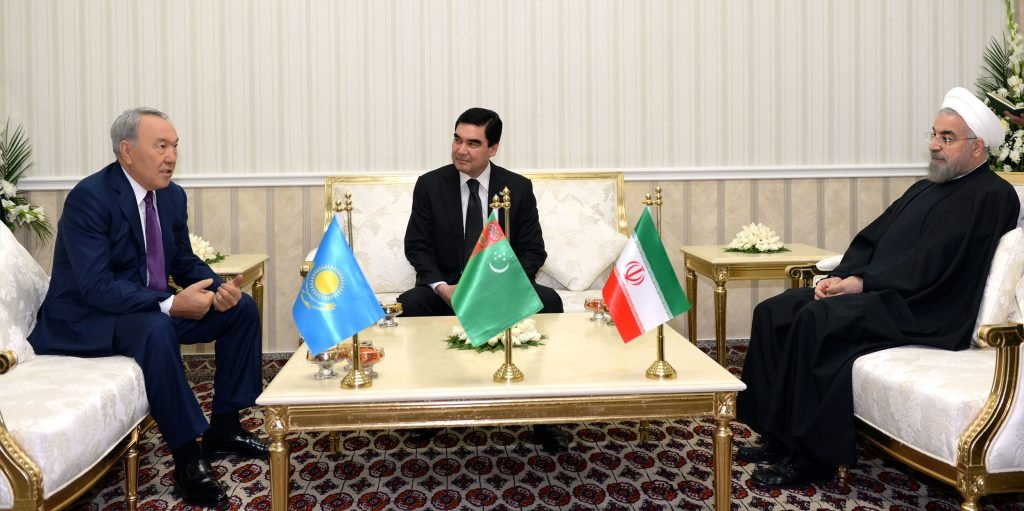
Turkmenistan and Iran
Amongst the central Asian countries, Turkmenistan shares a comfortable relation with Iran. And it has been most expansive and successful as the two states have adopted a policy of ‘accommodation’ and ‘security neutrality’. Iran takes comfort in Turkmenistan’s ‘neutral’ security policy and its hesitant attitudes towards the CIS, in spite of long term ties with Russia.
A small portion of northern Iran has a population of Turkmen and the place known as Turkmen Sahra. Turkmens of Turkmenistan and Iran were all living together until Imperial Russia signed the Treaty of Akhal in 1881. Another project was the construction of a 200-kilometre pipeline between Korpedzhe in Turkmenistan and Kord-Kuy in Iran, allowing the export of Turkmen gas into the Iranian gas network.
Conclusion
In concluding remarks one could only see the divergences in the field of cooperation between the central Asian countries and Iran, how each of these countries has adopted a different approach towards forging a relationship with Iran justifying its policies based on their historical affinities with Iran. Amongst the CARs, Turkmenistan and Tajikistan share a good relationship, perhaps a more comfortable one because of their similar linguistic and cultural heritages, whereas, in countries like Uzbekistan we can see how relationships at times become strained because of the role of the USA.
The fear amongst the central Asian countries of being isolated from the USA makes them adopt a neutral or no alliance policy with Iran. Nevertheless, the geographical location of these central Asian countries makes them build areas of cooperation with Iran as they are landlocked and for the sake of economic development they need access to international waters and inland ways and Iran is a gateway towards the international and overseas market for these CARs thus making them identify Iran as a natural ally.
Only in the coming times, one could predict what will be the further changes in the dynamics of the two countries, whether they would enhance their cooperation or would contradict each other as any bilateral changes between the two would have a spill-over effect over other regions as well, because as they say ‘we are all Connected’.
Reports
- Seisembyeva,A. (2016, December)Iran, KazakhstantoEnhanceCooperation; InkAgreementsonHealth, Shipping, Travel, LaborandTrade. Astana Times. https://astanatimes.com/2016/12/iran-kazakhstan-to-enhance-cooperation-ink-agreements-on-health-shipping-travel-labour-and-trade/.
- Putz, Catherine. (2016, July)AirAstanaIntroducesNewAlmaty-Tehran Route. The Diplomat. https://thediplomat.com/2016/07/air-astana-introduces-new-almaty-tehran-route/.
- Jalilov, Orkhan. ( 2020, May) IranProposesToEstablishBarterTradeSystemwithKazakhstan. The Caspian. https://caspiannews.com/news-detail/iran-proposes-to-establish-barter-trade-system-with-kazakhstan-2020-5-21-52/.
- Iran, Kazakhstankeentoexpandport, maritime cooperation. Tehran Times. https://www.tehrantimes.com/news/435585/Iran-Kazakhstan-call-for-expansion-of-ports-maritime-co-op.
- Iran, Kyrgyzstanopennewchapterineconomicrelations. Tehran Times. https://www.tehrantimes.com/news/442668/Iran-Kyrgyzstan-open-new-chapter-in-economic-relations.
- KyrgyzstaneagerfortransitofgoodsviaIran’ssouthernports. Tehran Times. https://www.tehrantimes.com/news/456905/Kyrgyzstan-eager-for-transit-of-goods-via-Iran-s-southern-ports.
- Iran, Kyrgyzstandiscussdevelopmentofrailwayties. Tehran Times. https://www.tehrantimes.com/news/412945/Iran-Kyrgyzstan-discuss-development-of-railway-ties.
- Srebrnik , Henry. (2020, July). Tajikistan’scomplicatedforeignrelation. The Guardian. https://www.theguardian.pe.ca/opinion/local-perspectives/guest-opinion-tajikistans-complicated-foreign-relations-470968/.
- Iran, Uzbekistan Explore Expansion of Tech Ties. Financial Tribune. https://financialtribune.com/articles/sci-tech/101227/iran-uzbekistan-explore-expansion-of-tech-ties.
- Iran’s Non-Oil Trade With Uzbekistan Nearly Triples. Financial Tribune. https://financialtribune.com/articles/domestic-economy/99078/irans-non-oil-trade-with-uzbekistan-nearly-triples.
- Agreement With Uzbekistan on Tax-Free Trucking. Financial Tribune. https://financialtribune.com/articles/economy-business-and-markets/87603/agreement-with-uzbekistan-on-tax-free-trucking.



